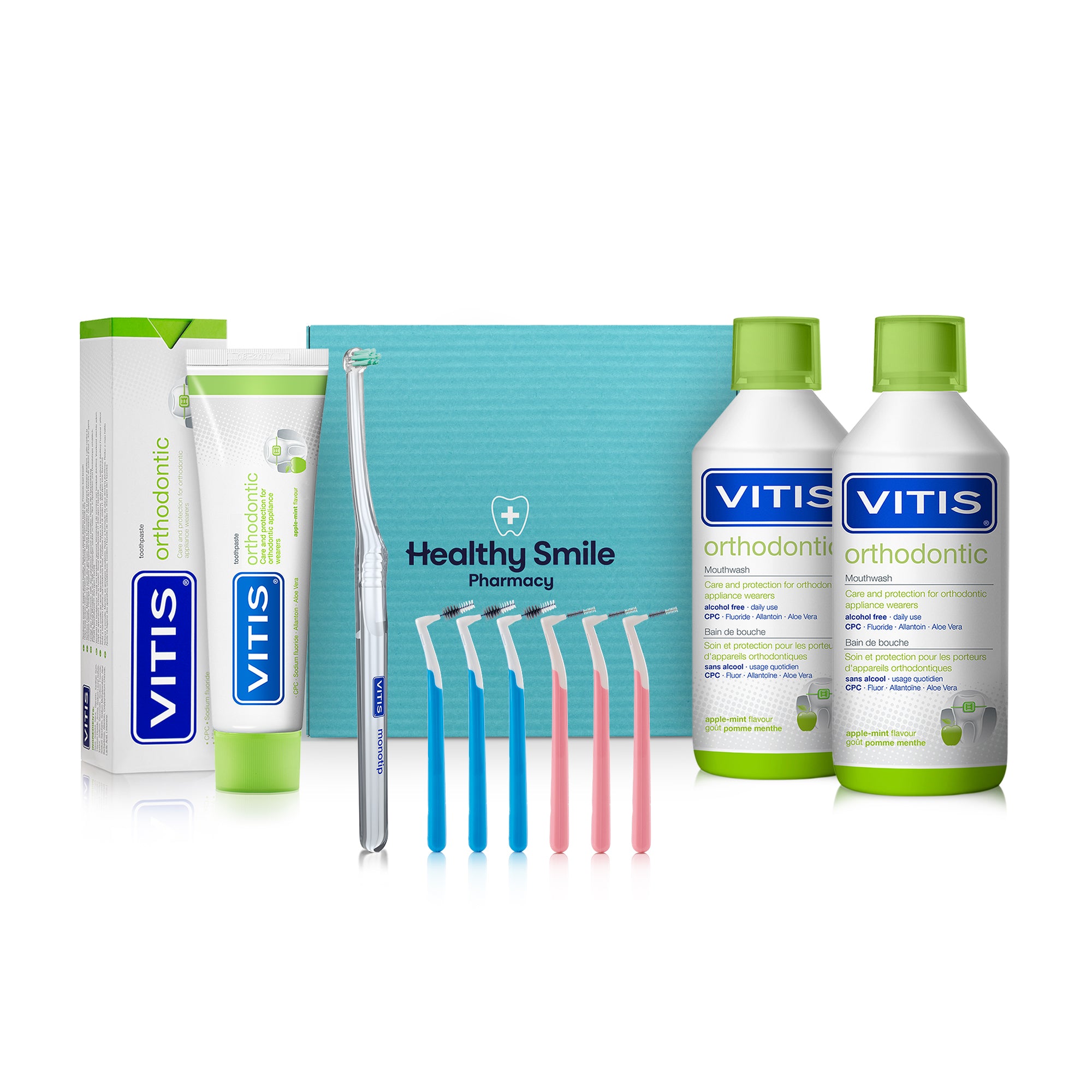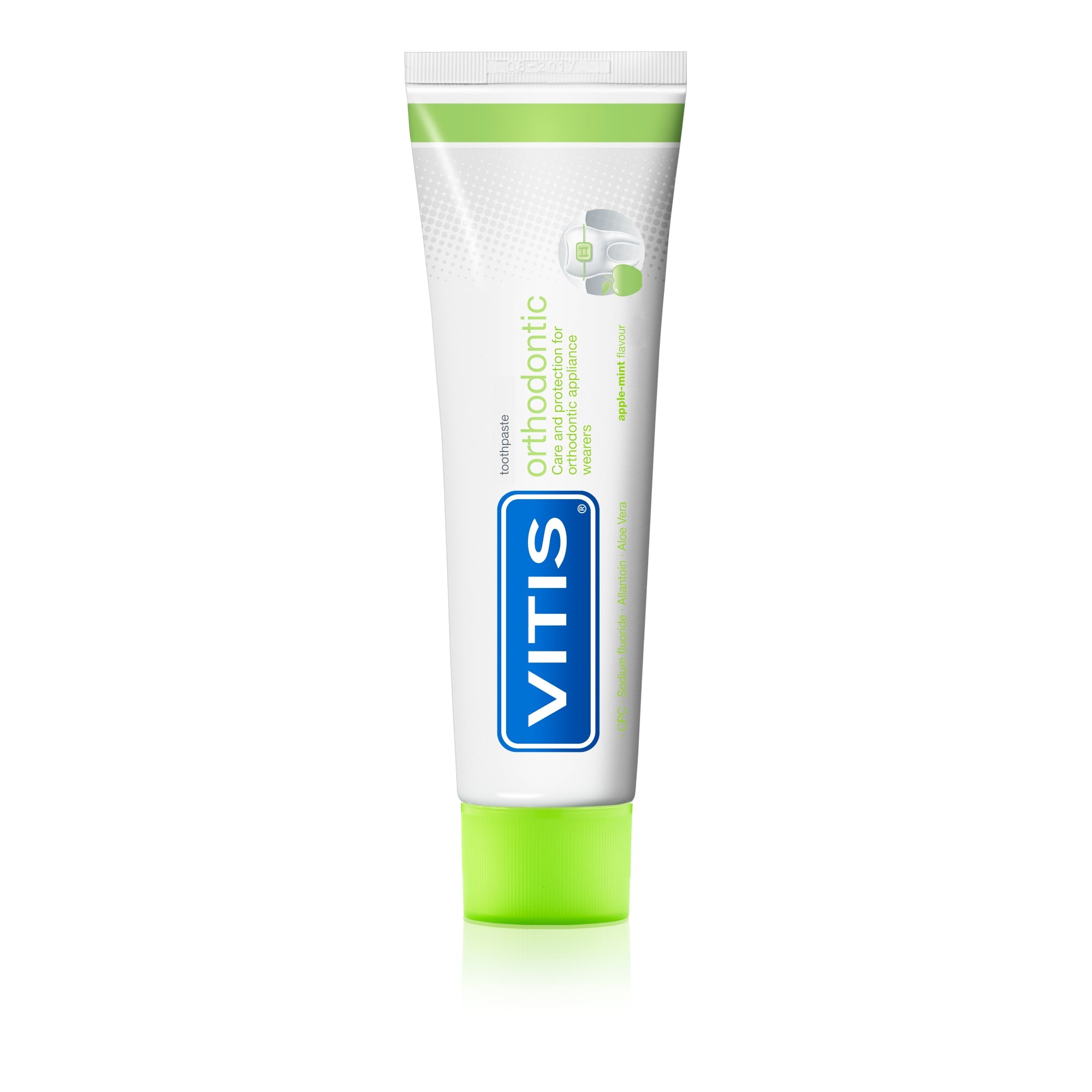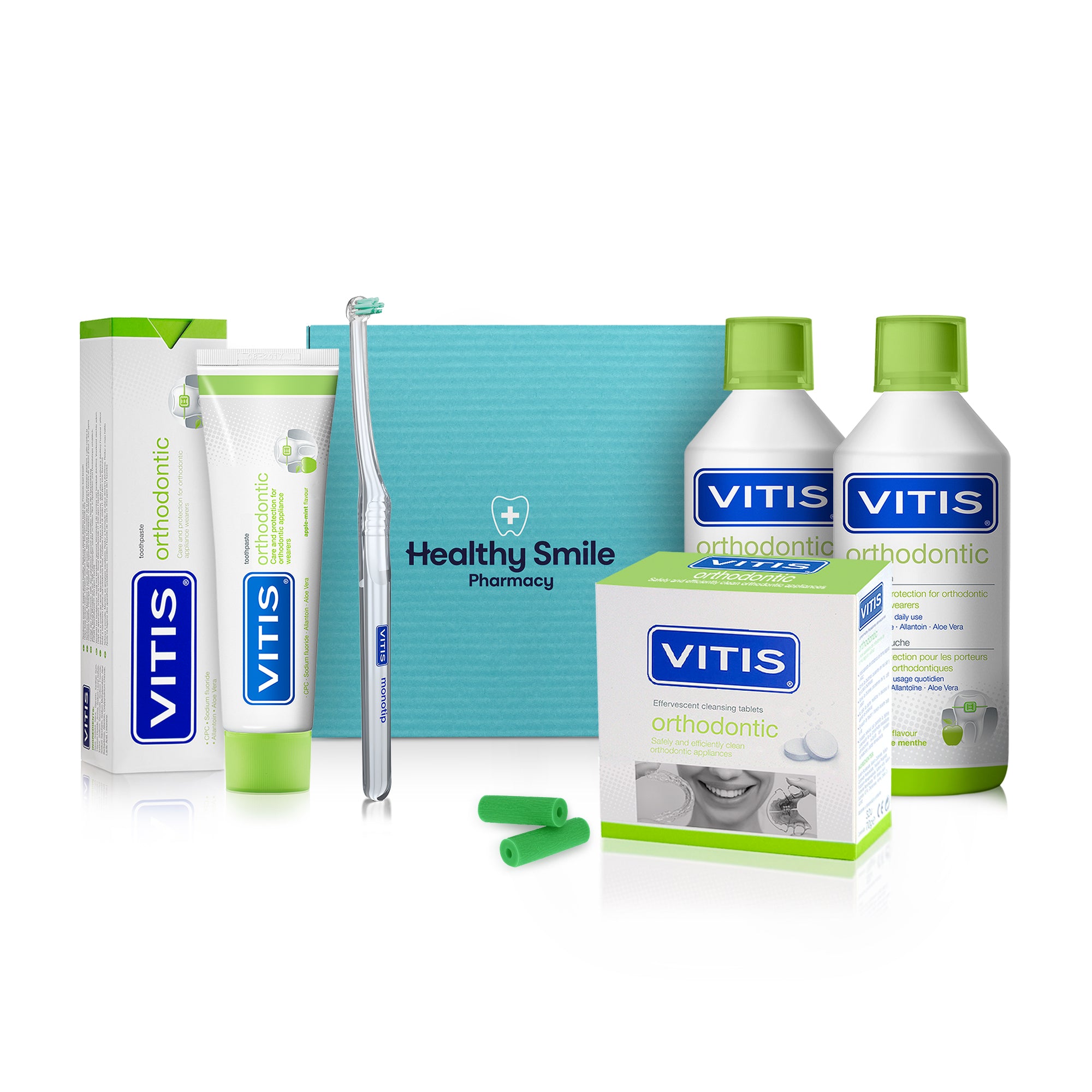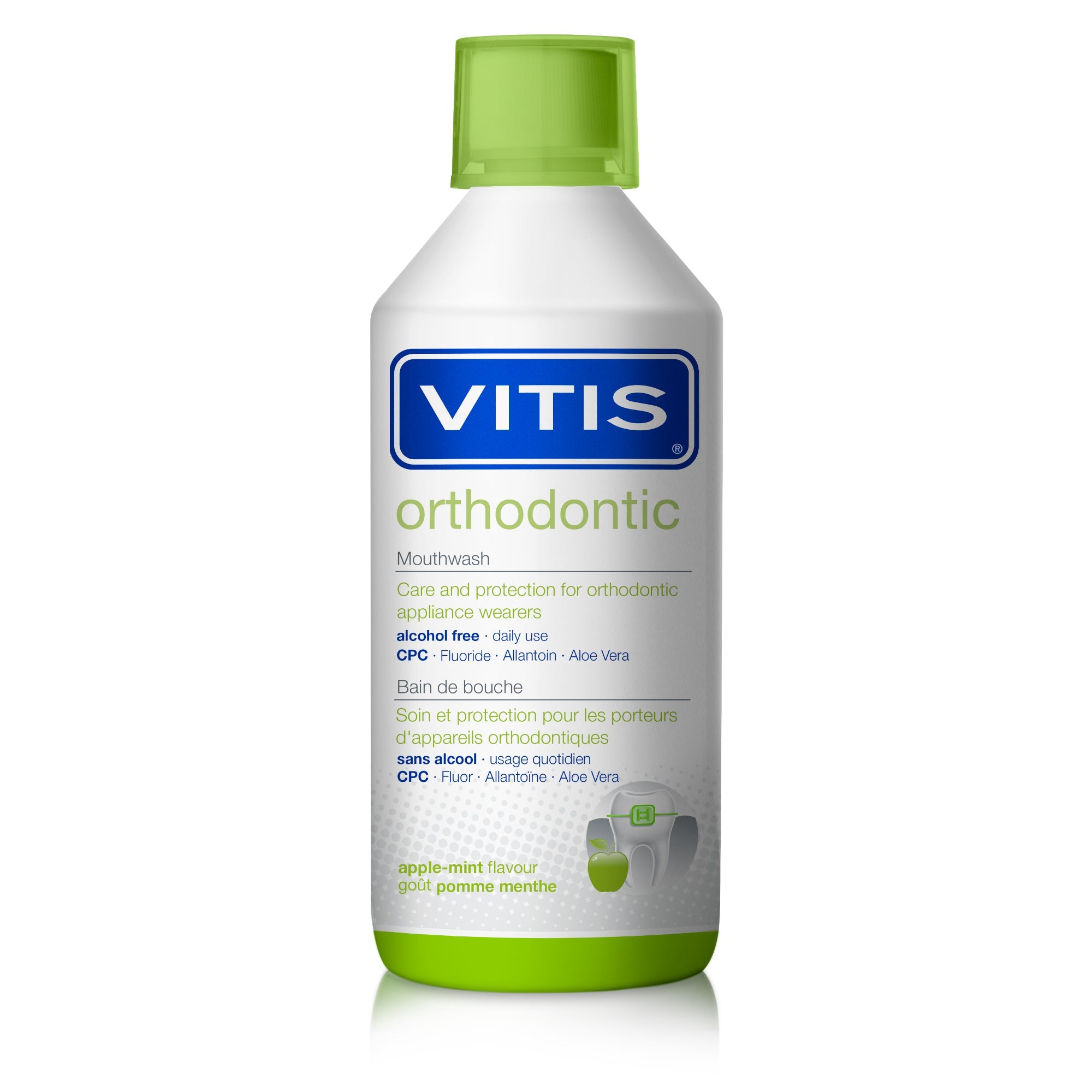Day & night relief from dry mouth! Let XyliMelts moisturise and bring relief to your dry mouth! Shop Now

How to Keep Straight Teeth and a White Smile for the Rest of Your Life
When is the end not the end? When it’s the end of orthodontics!
Slogged it out in orthodontic treatment for months, even years? We feel you!
Brushed three times a day like your oral health depended on it? Good, because it did!
Ready to be released from treatment? Can’t wait!
Your self-esteem is high, identifying as having straight teeth is now your thing, and the day you can drop back down to only brushing twice a day will be as good as a holiday.
But, technically, the ‘end’ of orthodontic treatment isn’t an ending. It’s a beginning that will serve you well if you make it last a lifetime.
Welcome to the maintaining and retaining stage of orthodontics!
Wait! What?
What’s the mash up that keeps post orthodontic teeth in place for the long-haul?
Teeth out of orthodontic appliances? You need you to pay attention to a Four Step Plan:
1. Keeping your oral self-esteem and confidence high
2. Consistent retainer wear, care and maintenance
3. A pristine oral hygiene routine
4. Protecting tooth structures
Let’s root around in the four pillars of post orthodontic care!

Step One: You and your teeth are worth it!
Your teeth have royal roots; it’s why they have crowns!
Keeping your post orthodontic smile’s part of your lifelong identity now. You feel good and that feeling helps to keep the rewards coming!
Feeling confident about your teeth makes you want to:
- Keep them clean
- Keep them aligned
- Keep them as bright as they can be
The glow-up cycle: Feeling confident means you look after your teeth and looking after them means you’ll feel confident!
The way we feel about our teeth affects:
- Our mental health
- The way we communicate
- Our relationships
Life transitions become easier when we can relate to new people with a smile. Smashing it in a range of social situations reinforces our self-esteem and self-confidence. See - you thought you’d signed up for straight teeth, turns out you could be 'aligned’ for a life level-up, too!
Keep the magic going
Seek help if you notice things like tooth discoloration or chips. Knocks and bangs to our teeth are unexpected and out of our control.
That self-love needs to extend to putting things right if you do chip a tooth. A chip on a front tooth causes visual asymmetry – which is one of things you might have worn orthodontic appliances for in the first place. A chipped tooth could change the contact points for your teeth and could leave your retainer less effective.
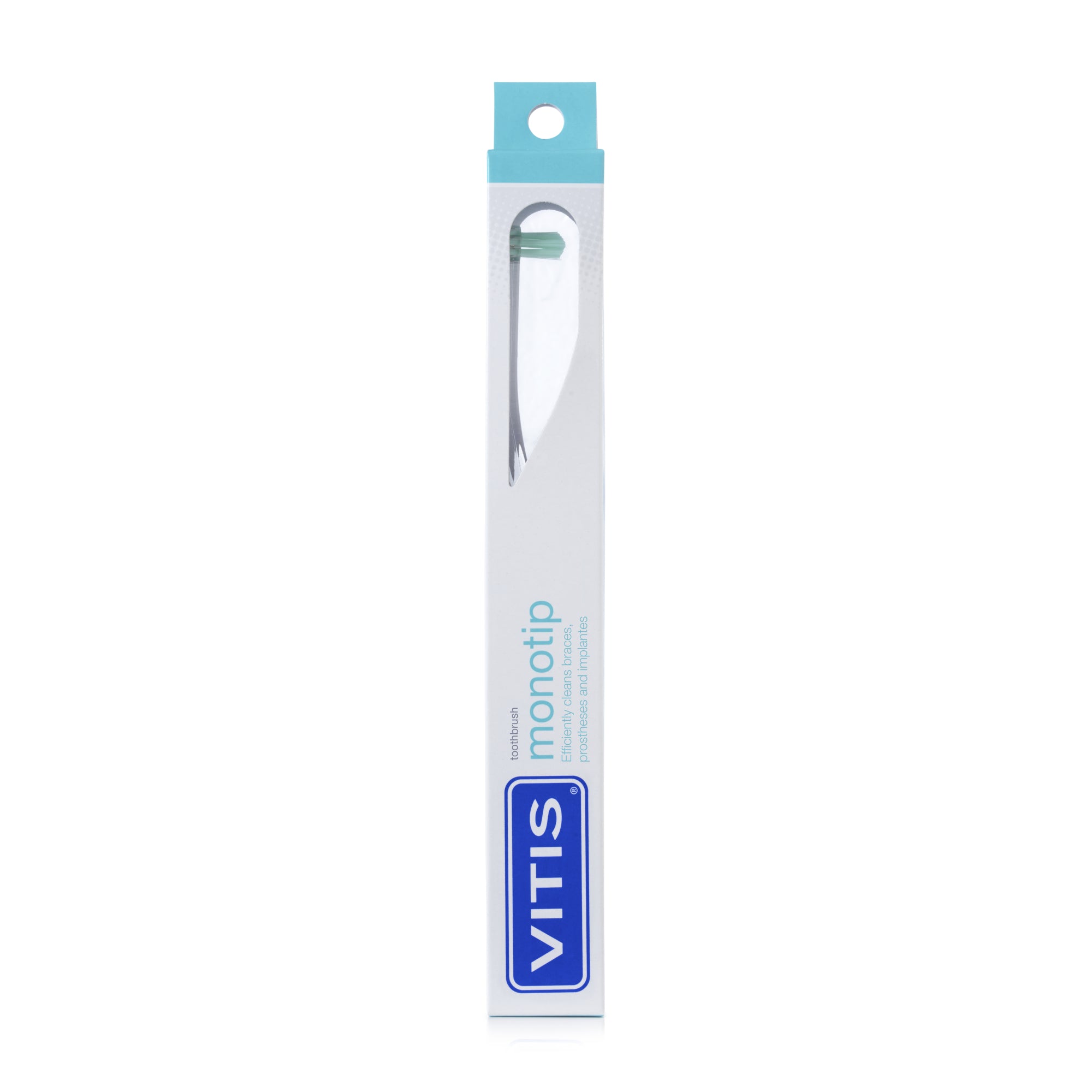
Step Two: Fixed and removeable retainers
Avoid Retainer Regret
Did you know that some people suffer from ‘retainer regret’? They refused the call to adventure of using their retainers, and their teeth relapsed. U-oh! But that’s only possible if you don’t commit to wearing your retainer.
Post treatment, you'll have at least one retainer: It’s likely one will be a fixed retainer bonded to the back of your upper or lower front teeth. Wearing a fixed retainer feels nothing like the hard work you’ve put into getting this far. Phew!
But any appliance in your mouth is a plaque magnet, as you know from your orthodontic treatment. Fixed retainers benefit from cleaning with your familiar Monotip Brush. Keeping a Monotip Brush in your routine helps remove biofilm from the intricacies of a fixed retainer. You’ll be spick and span and making sure there’s no white calcification spots on you!
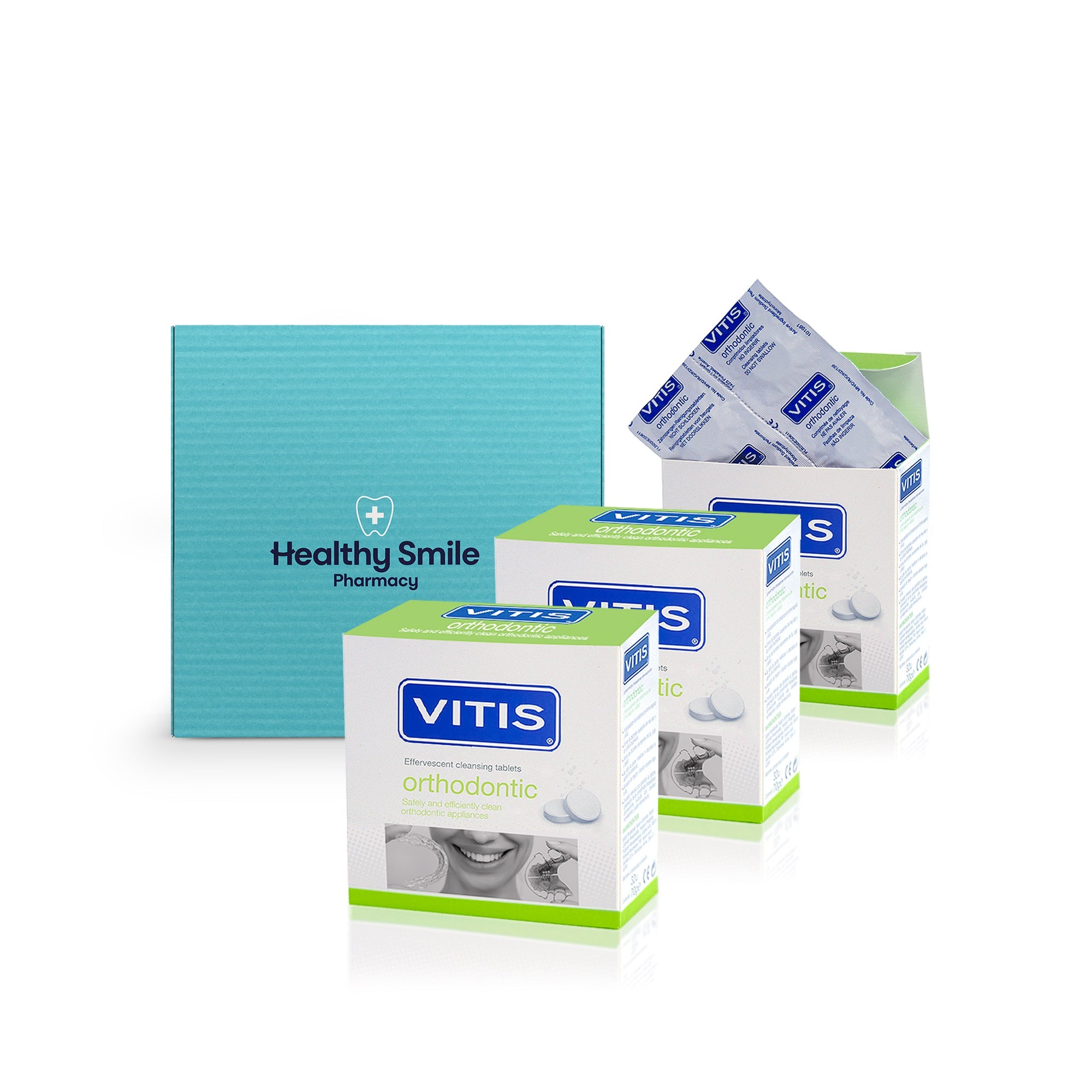
Removeable retainers are frequently prescribed after orthodontic treatment, too. You might even wear two at night – one to maintain each arch. Double bubble!
Cleaning them means popping them in a Soaking Bath and giving them some fizz for 15 minutes with VITIS Effervescent Tablets. That way, they’ll be hygienic again come bedtime. Fresh!
A subscription to a Retainer Care Kit means that you’ve got 96 bedtimes’ worth of cleaning power. Now that’s a lot of fizz for your oral health!
Guard against complacency
Modern life is busy, full stop. By the time we head to bed, initiating the oral hygiene routine can feel like climbing Mount Kilimanjaro! But neglecting to clean our removeable retainer could jeopardise our oral health. That biofilm your retainer’s sporting from last night contains all the microbes that cause tooth decay and gum disease.
Be the early bird and soak your retainer for 15 minutes as soon as you remove it in the morning. By the time you’ve had your morning shower, it’s had its bath and is more than ready to resume duties come bedtime, or that cheeky afternoon nap! Zzzzz!
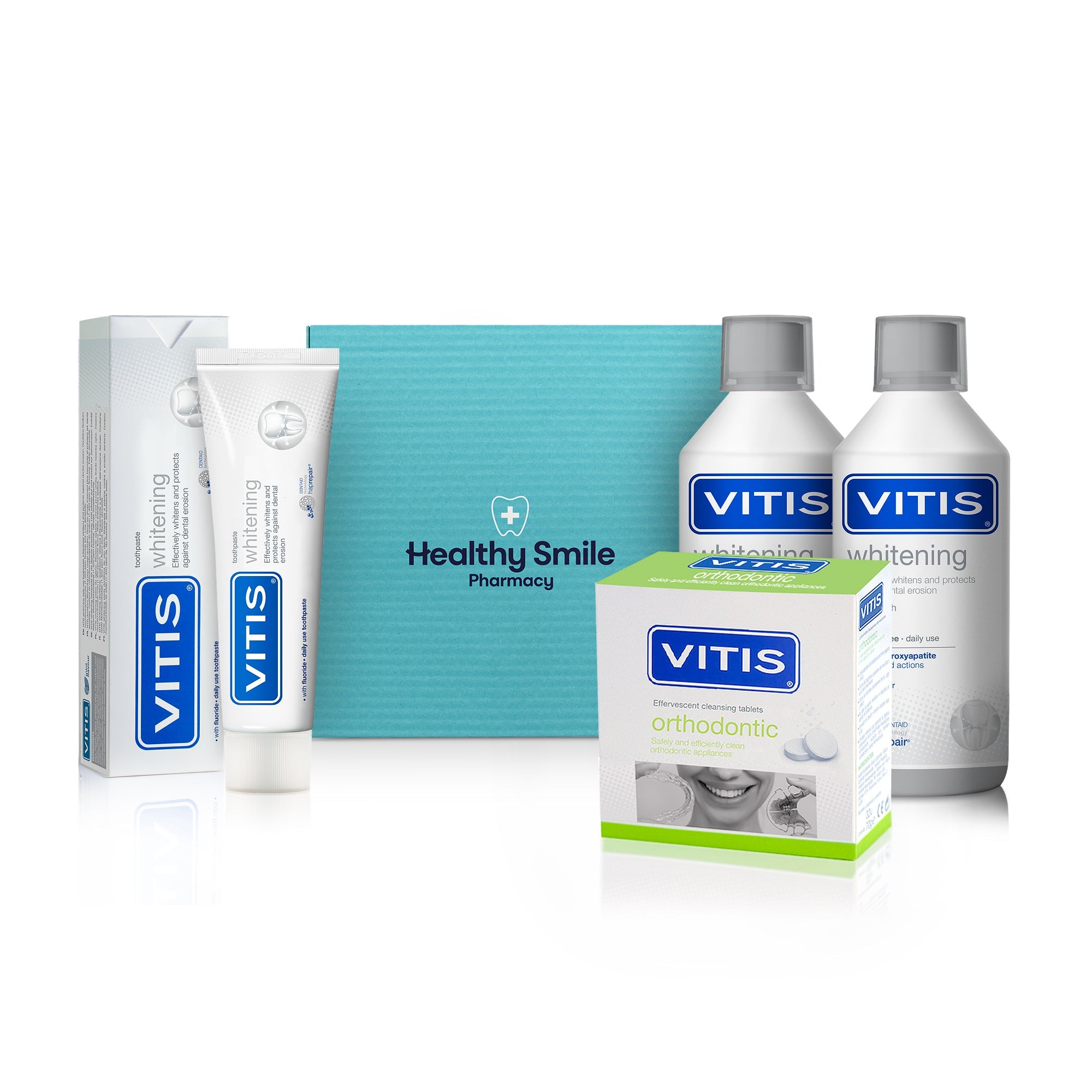
Step three: Kick bacteria with a killer oral hygiene routine
Biofilm beware!
Some routines you and your smile are already familiar with:
- Brushing twice a day with fluoride toothpaste, even better, with a toothpaste that is enamel restorative
- Using an alcohol free mouthwash that helps restore tooth enamel and prevent stains
- Using interdental brushes and/or flossing daily
- Regular visits to your dentist and hygienist
You can take out the leg work of trawling the high street for VITIS whitening, restorative care for your post orthodontic smile and care for your retainer at the same time by subscribing to a Retainer Complete Care Kit:
- Stain removal and prevention
- Enamel restoration
- Low abrasion
- Keeps sensitivity at bay
- And the fizz that cleans, freshens and removes stains from your retainer
You can read more about VITIS Whitening and hydroxyapatite in our helpful resource The Nanotechnology of Hydroxyapatite.
Unsure whether you’re doing a good job with your newly straightened teeth arrangements?
Get a Personal Plaque Map
A TePe Plaqsearch Tablet lets you know in seconds. The bluer the plaque turns, the older that plaque is.
Plus, those regular visits to the hygienist?
It’s not just about the scale and polish. Your hygienist helps educate you about where you may need to concentrate your brushing efforts. They see the bits that you might not even see with a disclosing tablet. Don’t forget, after orthodontics your teeth have new arrangements. The way you brushed your teeth before treatment might not suit your new set of gnashers!
Bonus: The chances are you’ll pick up some new knowledge (often a t-shirt slogan worthy), like:
Imagine you’re brushing down to your chin!
Useful advice for keeping the back of those lower incisors tickety-boo, we think.
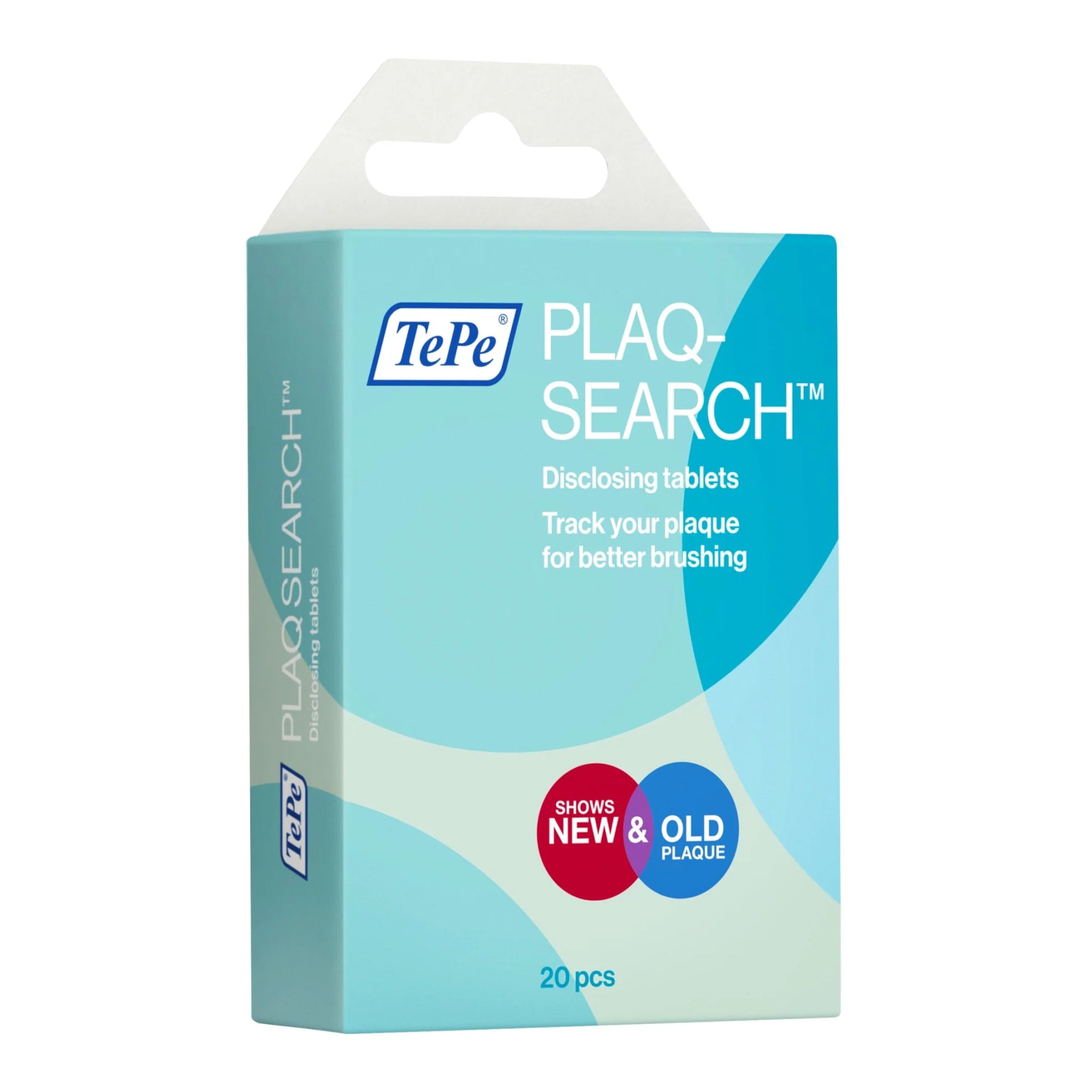
Step Four: Protect your smile and check how you’re handling life’s stressors
Chewing, grinding, clenching, tapping and knocking
It’s a fact of life that teeth do wear over the course of a lifetime and this affects their alignment.
What causes the wear?
- Chewing: We chow down on a lot of food over the course of a lifetime!
- Grinding teeth during sleep (bruxism): We often don’t realise we do this but waking up with a headache or a stiff jaw is a clue. Ask your dentist if your teeth show signs of bruxism.
- Clenching our jaws: If we’re tense, we can set our jaws to clamped shut. Try to check in with your jaw from time to time. Allow your teeth to part to help re-set.
Tooth tapping or knocking
Some people find themselves gently knocking their teeth together to self-soothe. But it can be risky for your enamel, dental work, and jaw health over time — especially during or after orthodontic treatment.
If you do this, try this alternative. It uses the same muscles, but saves your enamel, and helps trigger a parasympathetic nervous system response, so your body can rest and digest, too.
1. Close your lips gently.
2. Place the tip of your tongue on the roof of your mouth, just behind your upper front teeth (not touching them).
3. Slowly exhale and let your jaw hang slightly open, keeping your tongue lightly in place.
4. Hold for 10–15 seconds while breathing slowly.
5. Repeat as needed.



